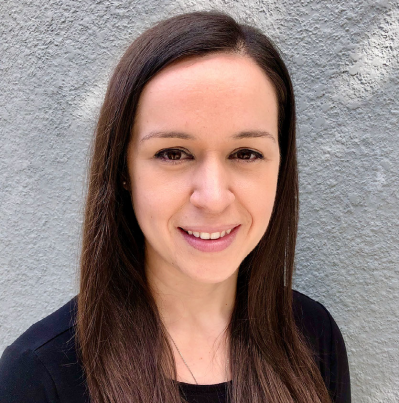
Why Do We Do This? - Context Clues
January 10, 2022
Why Do We Do This? Series
Context Clues
Written by: Amanda Blackwell, SLPD, CCC-SLP
In this series we will explore the reasons why we work on specific skills in speech and language therapy. As professionals, we want to make sure that we have clear reasons for selecting and targeting specific speech and language goals that match the academic demands being placed on our students and help them be more autonomous communicators. In dynamic assessment, a very important component of the protocol is to explain to our students the why before attempting to teach a new skill. This is done so that they understand the real-world applications and relevance of what we are going to learn. This can provide additional intrinsic motivation and enthusiasm when participating in therapy activities to strengthen skills. Knowing the why behind our goals will also help us to better explain them to the entire IEP team and will subsequently increase the likelihood that team members will make an effort to work on the goals in other settings.
One skill that we work on in speech and language therapy is how to use context clues. Context clues refer to using other information to help us understand an unknown or unfamiliar word or phrase. This is a skill that is useful throughout the lifespan, as it comes up constantly in school and in life in general. Think about the last time you were thinking about something else while half listening to another conversation, and then someone asked you to comment on that conversation. You might think, “Um, would you give me some context please to help me understand what it is that we’re talking about?” Or perhaps you remember reading a scientific article that used a word that you have never seen before. What would you do to find out what that word meant? You might look around at surrounding sentences to deduce the meaning of the word. You might try to break down the unfamiliar word and think about other words that you have seen before that look similar. Knowing how to look for such context clues can be an important life skill.
At school, students use context clues most often when reading written text. Every time a student comes across an unfamiliar word while reading, they will need to know strategies to help them problem solve, do some critical thinking, and figure out the meaning before moving on. Especially when the academic stakes are higher and students are reading to learn instead of learning to read, context clues become increasingly important for their academic success. The ability to comprehend what one is reading is critical in all academic subject areas, and therapy sessions are a great time to help students learn to look around for clues and use prior knowledge and experiences to make connections.
In therapy sessions, we can choose to read informational text about a topic of interest that will be naturally motivating for the student. We can highlight words that may be unfamiliar to the student and take the time to use context clues to help figure out what each word means. Sometimes multiple-meaning words are used in a sentence and we can use context clues to figure out which of the meanings is implied. Another strategy might be breaking down the word into meaningful parts and analyzing the meaning of the chunks. We could also help students to recall other words that look similar or synonyms that could be used in place of the newly-learned word. All of these strategies will help our students to be critical thinkers who won’t stop until they use all of the context clues necessary to fully comprehend written text.
About the Author

Dr. Amanda Blackwell has been living and working full-time in Guatemala for nearly 9 years. She completed a clinical doctorate in speech language pathology and started the official professional association for local Guatemalan speech therapists (SomosTLgt), which offers many continuing education opportunities for its 50+ members. She is expected to graduate with her Doctor of Education degree at Murray State University in May 2022 with the plan to create the first master’s degree program in speech-language pathology in Central America to improve the quality of services across the region. She currently directs the speech therapy departments at FUNDAL (for individuals with deafblindness and multiple disabilities) and the Guatemalan Association of Down Syndrome in three cities, and runs an autism education social project for Spanish speakers called LUNA (on YouTube, Instagram and Facebook @lunautismo). Amanda serves as an adjunct research fellow working with doctoral students in the SLPD program at Rocky Mountain University of Health Professions in Provo, Utah. She is an adjunct professor in the masters of autism studies and masters of speech language pathology programs at Saint Mary’s College in Notre Dame, Indiana, as well as at Minot State University in North Dakota, and the University of Redlands in California.



